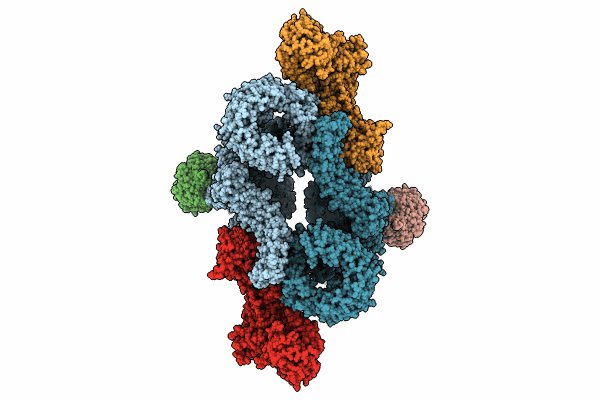
Deposition Date
2024-04-26
Release Date
2024-08-14
Last Version Date
2024-08-28
Entry Detail
PDB ID:
9F44
Keywords:
Title:
cryo-EM structure of LST2 TOS peptide bound to human mTOR complex 1
Biological Source:
Source Organism:
Homo sapiens (Taxon ID: 9606)
Host Organism:
Method Details:
Experimental Method:
Resolution:
3.68 Å
Aggregation State:
PARTICLE
Reconstruction Method:
SINGLE PARTICLE


